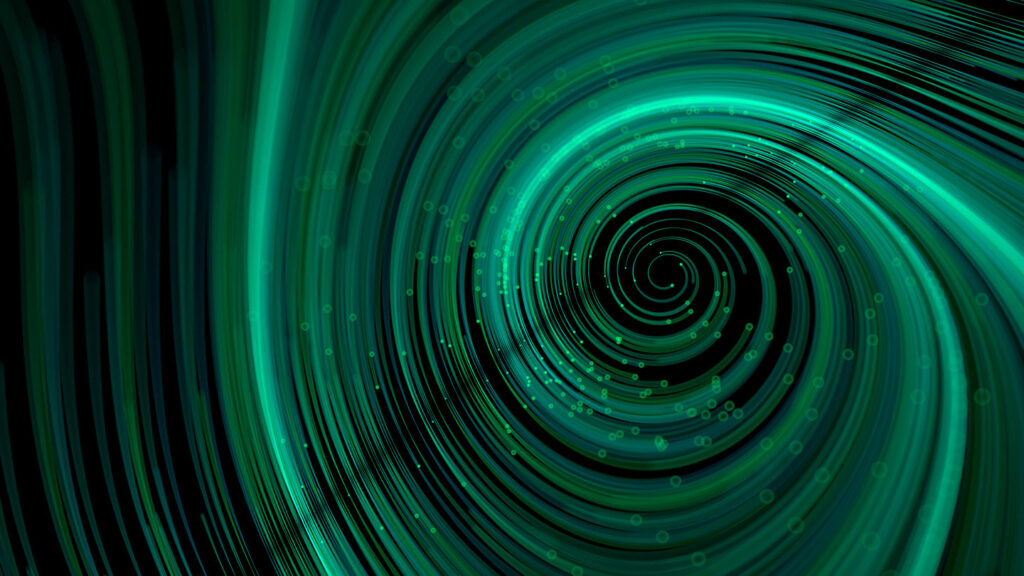Like soft serve ice cream, beams of atoms and molecules now come with a swirl.
Scientists already knew how to dish up spiraling beams of light or electrons, known as vortex beams (SN: 1/14/11). Now, the first vortex beams of atoms and molecules are on the menu, researchers report in the Sept. 3 Science.
Vortex beams made of light or electrons have shown promise for making special types of microscope images and for transmitting information using quantum physics (SN: 8/5/15). But vortex beams of larger particles such as atoms or molecules are so new that the possible applications aren’t yet clear, says physicist Sonja Franke-Arnold of the University of Glasgow in Scotland, who was not involved with the research. “It’s maybe too early to really know what we can do with it.”

